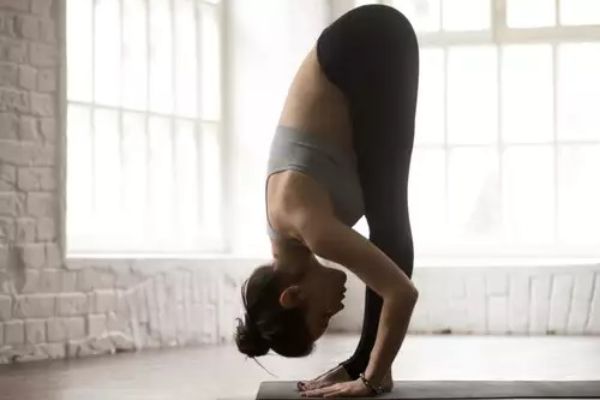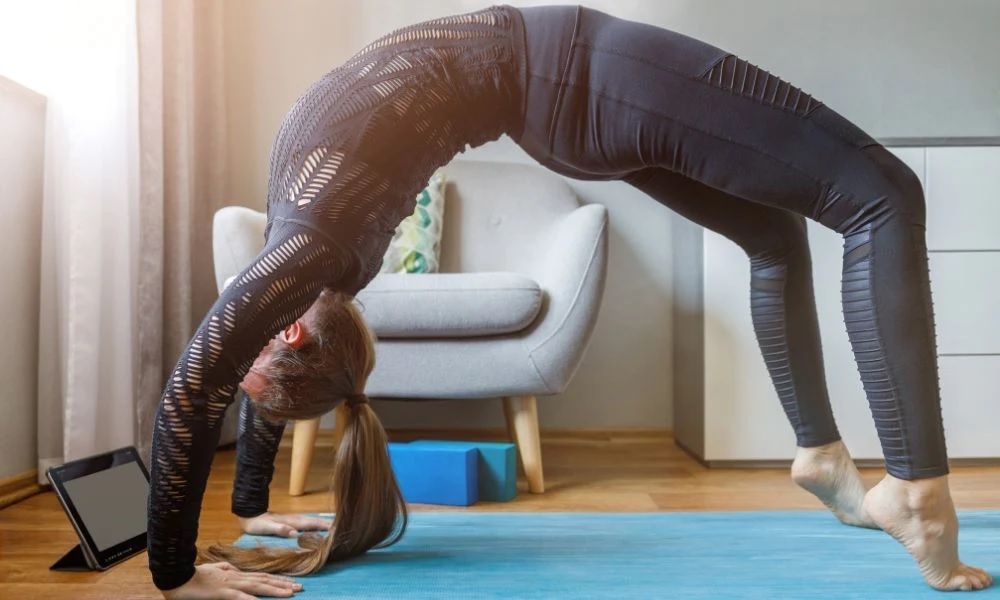When people think of fitness, they often think of cardio and strength training. However, flexibility training should not be overlooked. Flexibility training involves stretching exercises that improve the range of motion of your joints and muscles. By incorporating flexibility training into your fitness routine, you can improve your overall health and reduce your risk of injury.
Benefits of Flexibility Training
Flexibility training offers several benefits for your body and mind:
- Improved range of motion: Flexibility exercises can improve your ability to move your joints through their full range of motion.
- Reduced risk of injury: By improving your flexibility, you can decrease your risk of injury during physical activity or everyday tasks.
- Better posture: When your muscles are flexible, you can maintain better posture, which can reduce strain on your back and neck.
- Relaxation: Flexibility exercises can help you relax and reduce stress and tension in your muscles.
- Improved performance: If you play sports or engage in physical activities, improved flexibility can enhance your performance.
Types of Flexibility Training

There are several types of flexibility training that you can incorporate into your fitness routine:
- Static stretching: This involves holding a stretch in a comfortable position for a certain amount of time, usually 10-30 seconds.
- Dynamic stretching: This involves moving through a range of motion to warm up your muscles before exercise.
- Ballistic stretching: This involves using momentum to move your body through a stretch, which can be more intense and is not recommended for beginners.
- Proprioceptive neuromuscular facilitation (PNF): This involves contracting and relaxing muscles during a stretch, which can help improve flexibility more quickly.
How to Incorporate Flexibility Training into Your Fitness Routine
Flexibility training can be incorporated into your fitness routine in several ways:
- Warm up: Before starting any physical activity, warm up with dynamic stretches to prepare your muscles.
- Cool down: After physical activity, cool down with static stretches to help your muscles recover.
- Yoga or Pilates: These exercises incorporate stretching and can be a great way to improve flexibility.
- Stretch breaks: If you have a sedentary job, take stretch breaks throughout the day to prevent stiffness and improve circulation.
Flexibility training is an important component of overall fitness. By incorporating flexibility exercises into your fitness routine, you can improve your range of motion, reduce your risk of injury, and enhance your overall health and well-being. Whether you prefer static stretching, dynamic stretching, or yoga, find a flexibility routine that works for you and make it a regular part of your fitness routine.

